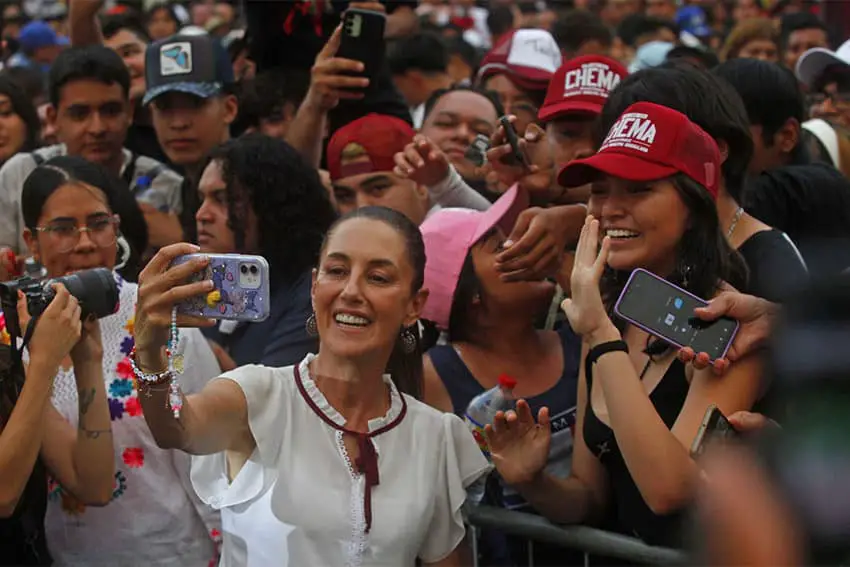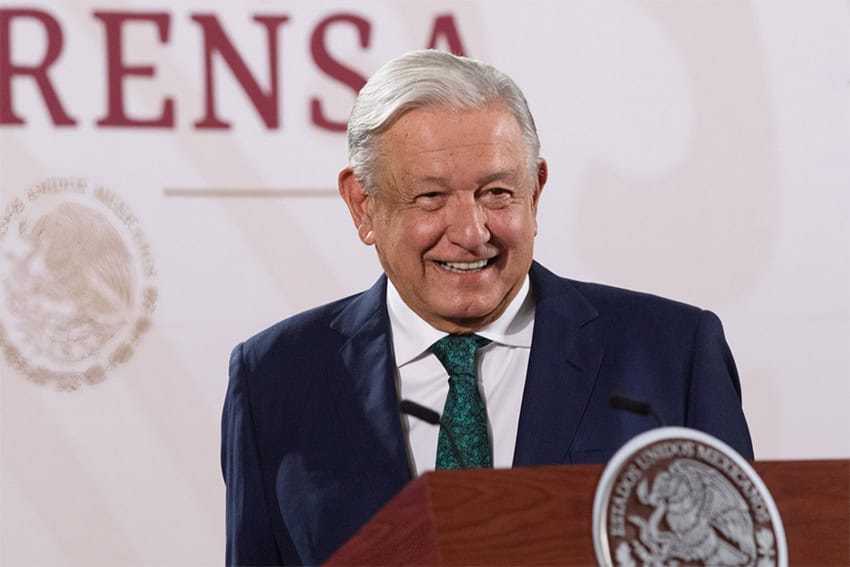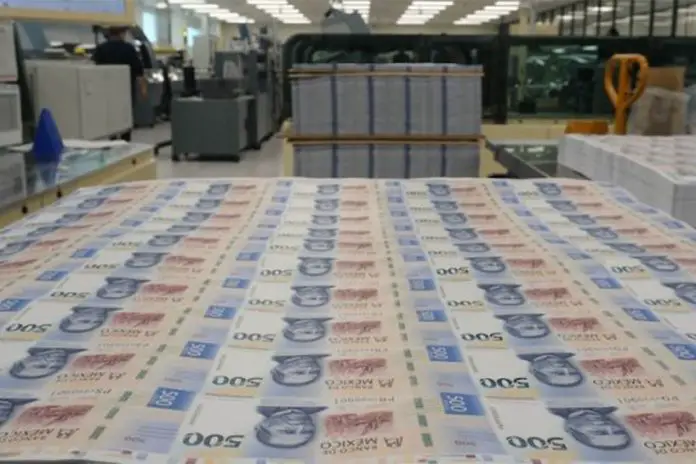The Mexican peso was trading at just above 16.5 to the US dollar early last week, but on Wednesday morning, it flirted with going above the 17-to-the-dollar mark for the first time this month — a depreciation of the peso that indicates market caution as Mexico’s presidential election approaches Sunday, some economists said.
Bloomberg data shows that the peso depreciated to a low of 16.98 to the greenback on Wednesday morning before strengthening slightly. The depreciation compared to Tuesday’s closing rate of 16.79 pesos to the dollar was 1.1%.

At 2 p.m. Mexico City time, the USD:MXN exchange rate was 16.93.
The Wednesday morning low represents a 2.5% peso depreciation compared to the currency’s strongest level this month — 16.55 to the dollar on May 20. It was the Mexican peso’s weakest position since April 30, when it closed at 17.14 to the dollar, according to Bloomberg.
Among the factors that contributed to Wednesday’s peso depreciation were a general strengthening of the dollar and caution in the market ahead of Mexico’s elections this Sunday.
Mexican bank Banco Base said it was “probable” that “positions in favor of the peso” would decline ahead of the elections due to the risk of “volatility” after preliminary results are announced Sunday night.
“Even though the exchange rate has shown stability during the electoral period, an increase in volatility at the end of the elections cannot be ruled out,” the bank said, adding that the situation will be influenced by “the first statement from the winner.”
On Wednesday, Gabriela Siller, Banco Base’s director of economic analysis, said on the X social media platform that “the impact of the elections on the exchange rate will depend on” five things.

- The winner of the presidential election and her/his “initial speech.”
- The makeup of the Congress (a “majority of one party will be conducive to fear about Mexico”).
- The position of the other [losing] candidates about the election result.
- The reaction of President Andrés Manuel López Obrador.
- “Possible changes in societal stability.”
Siller didn’t offer specific predictions about what will happen to the USD:MXN exchange rate if Claudia Sheinbaum wins — as polls indicate will happen — or if her main rival, Xóchitl Gálvez, scores an upset victory.
Citibanamex recently attributed the stability of the peso to the expectation that Sheinbaum will win and thus continue the current government’s agenda — the so-called “fourth transformation” — after she is sworn in as president on Oct. 1.
The peso has benefited for an extended period from the large gap between the Bank of Mexico’s benchmark interest rate (11%) and that of the U.S. Federal Reserve (5.25% – 5.5%). It has also received a boost from strong incoming flows of remittances and foreign investment.
The board of Mexico’s central bank will hold its next monetary policy meeting on June 27.
Many analysts predict that the Bank of Mexico will cut its key rate by 25 basis points next month, although inflation remains well above its 3% target.
With reports from El Financiero and Expansión
